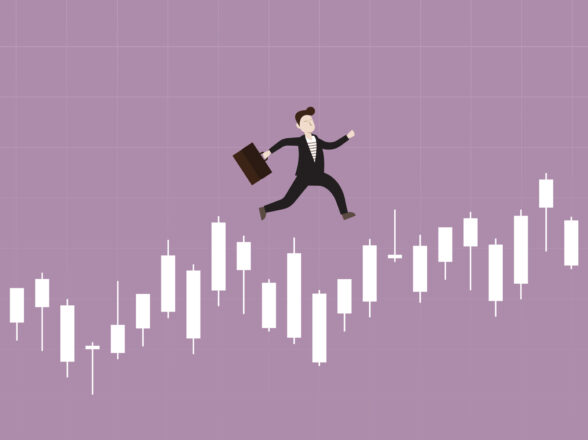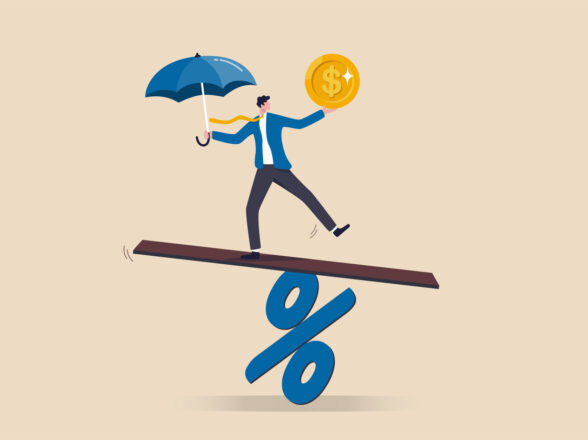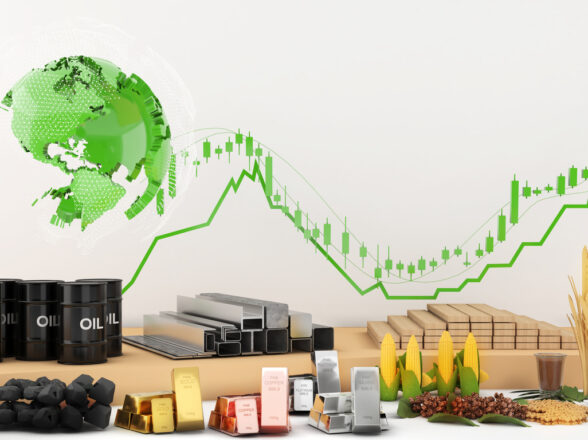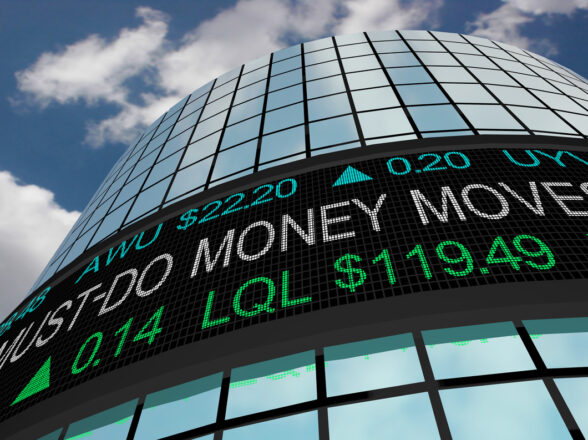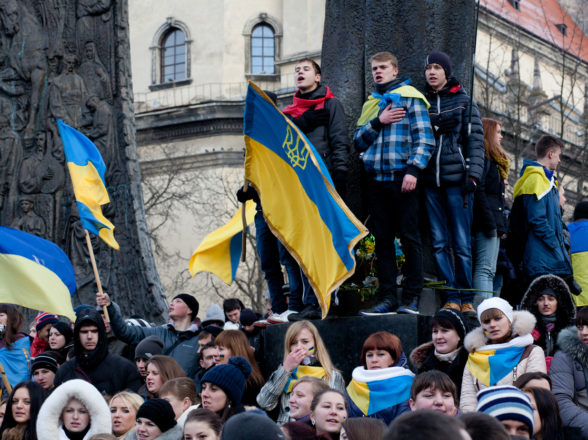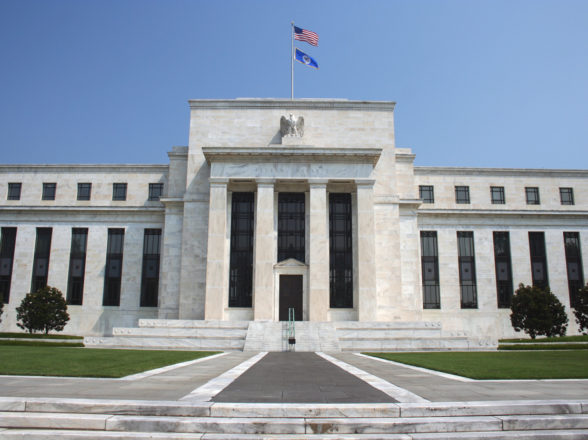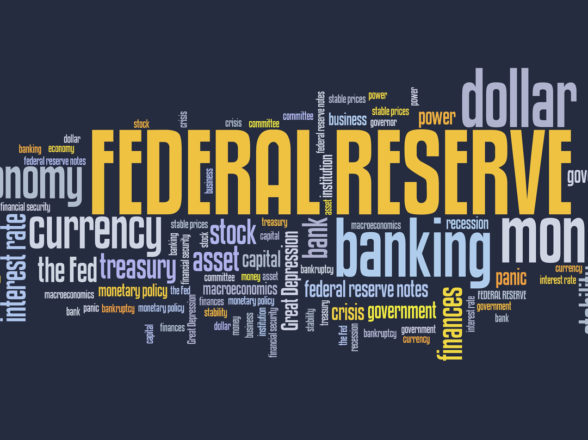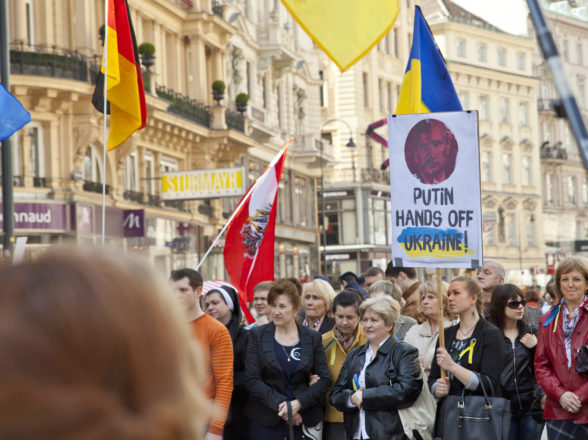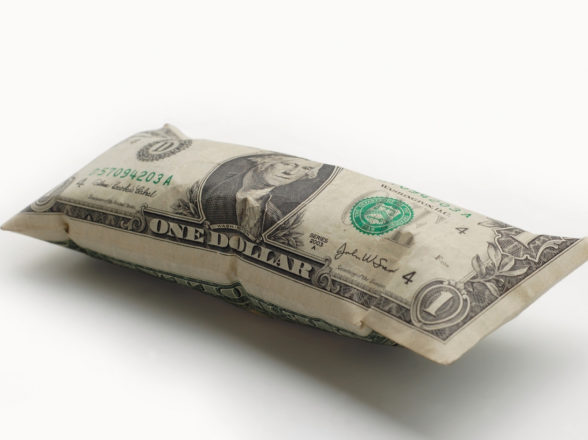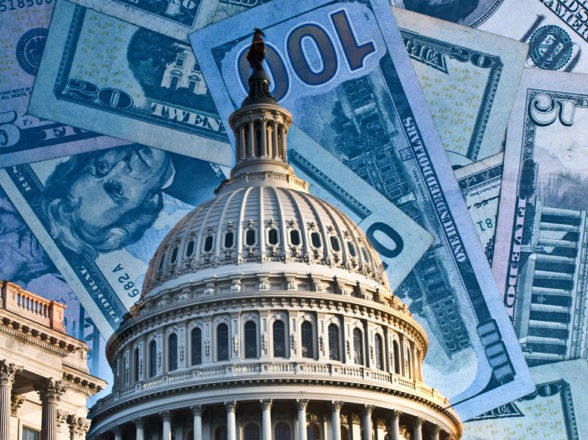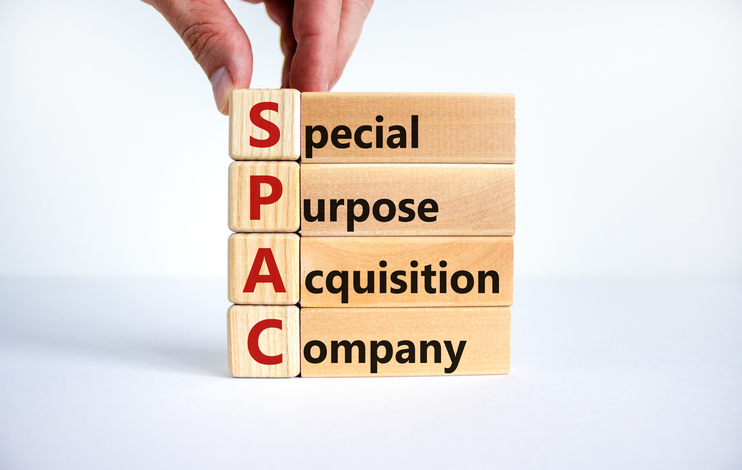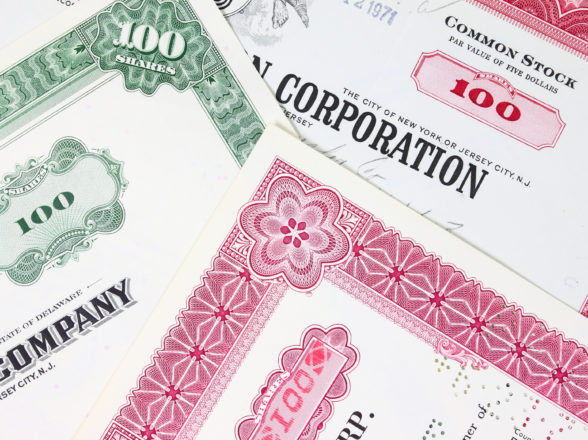Blog
The State of Ukraine’s Economy

Clearly, one of the big drivers to world markets in 2022 was the Russian invasion of Ukraine. War is simply politics by force, and many observers of this situation can conclude nothing else than this is a pure power play by Putin, and one that could be his own personal Waterloo. Here at Infinium, we thought it would be helpful to take a deep dive into the economy of the Ukraine, and understand where they fit into the big picture of world economics.
In 2016, the International Monetary Fund (IMF) ranked the Ukrainian economy at position 50 globally in terms of GDP at purchasing Power Parity.
Fast forward to 2023, things look grim for Ukraine’s economy, primarily due to the Russian invasion. The exact repercussions stemming from the ongoing conflict are highly uncertain, given the unpredictable nature of the war. Even so, the World Bank predicts that Ukraine’s economy will shrink by up to 45% in 2022. Tumbling exports, human capital loss, military action, significant internal and external migration, and infrastructure damage all heavily weigh on the economy. The full extent of the economic damage will depend on how long the war drags on.
A Brief History of Ukraine’s Economy
Ukraine is one of the largest countries in Europe, with a population of over 40 million spread across 600,000 square kilometers. After gaining independence from the Soviet Union some 30 years ago, Ukraine has been veering between financial and economic crisis most of the time.
During the 2008/2009 global financial crisis, Ukraine could only escape state bankruptcy thanks to the multi-billion dollar financial lifeline provided by the IMF.
Another Economic disruption came about following Russia’s 2014 annexation of the Crimea peninsula and the cessation of the self-proclaimed People’s republic of Luhansk and Donetsk in Russian-speaking Ukraine. Once more, the IMF jumped in to rescue Ukraine by offering fresh credit in exchange for tough economic reforms.
This strategy was working until the Russian invasion of Ukraine in February. IMF’s structural reforms brought down Ukraine’s debt from over 100% of GDP to just over 50% in 2020.
The Sectors that Drive Ukraine’s Economy
Agriculture
For agriculture is the most important sector in Ukraine’s economy. Dubbed Europe’s bread basket, Ukraine is the world’s leading exporter of wheat because of its vast swaths of fertile soil that constitute a third of all arable land in Europe. Its output of potatoes, sunflower oil, and sugar beets is also among the world’s largest.
Cattle and pigs are also raised across the country. Beef cattle are common in areas of hay fields and natural pastures such as the Carpathian foothills, while dairy herds are primarily found in forest steppes in the vicinity of large cities. Goats and sheep are raised in the Carpathian Mountains around Crimea. Poultry is kept across Ukraine for meat and eggs.
Resources and Power
Ukraine is extremely rich in oil and complementary mineral resources. Some of the minerals you can find in Ukraine include iron, manganese, titanium, bauxite, alunite, and mercury.
Ukraine also has natural gas and petroleum. The exploitation of petroleum and natural gas has resulted in the creation of an extensive pipeline transport system. The pipelines bring gas from Siberia and Orenburg to eastern and western Europe.
Ukraine also exploits fossil fuels and nuclear power, which it depends on for its energy needs. In fact, more than 45% of electricity in Ukraine is provided by nuclear power plants. Ukraine also benefits from exporting electricity to various countries, including Poland, Hungary, Romania, Moldova, and Slovakia.
Manufacturing
Ukraine is categorized as having a substantial industrial potential. The leading industries in Ukraine are machine building and ferrous metallurgy (metallurgy accounts for almost half of all the exports of heavy industry), even though more industries have been coming up in recent times.
Machine building is represented by heavy electrical engineering, transportation, precision equipment, and production of ships, aircraft, military, and space equipment. Ukraine exports jet engines, auto parts, railway wagons and locomotives, turbines, pumps, and electrical equipment.
Ukraine’s chemical industry operates in the same complex as metallurgy, using the by-products of coke and metallurgy to produce varnishes, nitrogen fertilizers, medicines, and paints. Potassium salts, phosphorites, and table salts are used to produce mineral fertilizers. Oil and natural gas, both local and imported, are used to produce synthetic fibers and synthetic rubber.
Trade
Ukraine has around 20 preferential trade agreements in place. Its trade-weighted average tariff is 3.2% and has 150 nontariff measures in place.
Despite the war, Russia is one of Ukraine’s most important trade partners. Ukraine also trades with Poland, Germany, Italy, and other EU countries. In fact, as far as foreign trade is concerned, the EU is Ukraine’s most important partner, accounting for about 40% of its shipments abroad. Ukraine’s other trade partners include the US, China, and Turkey.
Ukraine exports various products from Russia, including natural gas, petroleum, petroleum products, footwear, and printed matter. Chemicals, machinery, and transportation equipment are both imported and exported. Ukraine also exports grain, iron ore, sugar, coal, and manganese by sea.
An essential hub for Ukraine’s export industry is the Odesa Marine Trade Port (OMTP), which is one of the largest deep water ports along the Black sea coast. This port can handle 25 million tonnes of liquid cargo and 40 million metric tonnes of bulk cargo annually. OMTP has ceased operations at the moment due to the war.
The Impact of War on Ukraine’s Economy
The war has had a significant toll on Ukraine’s economy. Recent estimates by Ukraine’s Ministry of Economy and the Kyiv School of Economics put the losses at around $564-$600 billion—or about four times the country’s annual GDP.
The degree of the humanitarian crisis that has come about due to the war is staggering. Apart from the collapsing economy, interest rates and inflation have also risen in Ukraine. A study by the Financial Times on consumer inflation from the National Bank of Ukraine found that the rate had increased to 17% in May from 10.7% prior to the war.
Russia has also not been spared by the war. Its role as the aggressor in this role has come at a great cost. Besides spending a significant amount of money on funding and supporting its military troops on the front lines, Russia has been hit by the largest coordinated economic sanctions ever imposed on a country. The sanctions are forecasted to result in Russia’s GDP contracting by 11.2%. Households will feel the pinch, with an estimated 2.6 million people expected to fall below the national poverty line.
The war and the resulting sanctions have also severed vital transport links between Ukraine and Russia and the rest of the world, significantly disrupting trade. Ukraine’s Black sea ports have been blockaded or occupied, leaving the country with a few routes to export its commodities. Russia’s connection to European ports has been cut, and commodity exports to various destinations constrained.
The Global Impact of the War
The Russia/Ukraine conflict has sent shockwaves across the world. The prices of commodities such as energy have increased sharply as the supply uncertainty continues to rise.
The consequences of the war are obviously being felt by EU nations, given their close proximity to the war zone and close ties with the warring countries. Energy is at the heart of the economic fallout since Russia is a major gas supplier. Energy prices are increasing across Europe, driving up the cost of fuel and adding to the inflationary pressure that started with the interruption of the supply chain during the pandemic.
The conflict is also affecting the already struggling automotive sector due to various shortages of commodities and raw materials such as lithium, cobalt, magnesium, and semiconductors. Ukraine’s automotive factories supply major car makers in western Europe.
Eastern European nations such as Poland aren’t spared either—they are bearing the cost of accommodating millions of countries who have fled their country due to the war.
Further afield, countries such as Egypt, which usually import most of their wheat from Ukraine and Russia, are seeing food prices rise, and tourist revenues from Russia and Ukraine dwindle.
In the rest of the world, the economic impact is being felt mainly through the rise in commodity prices, which is fueling the already high inflationary pressure. As always happens, the increase in commodity prices has affected the net importers of food and energy.
The Planned Reconstruction of Ukraine’s Economy
The planned postwar building will be a monumental task for Ukraine. Economists and politicians from Ukraine and around the world have already begun discussing the cost of the war and what rebuilding might look like.
A key question pertains to where the rebuilding should start. What areas should be prioritized to make Ukraine stronger and more stable postwar?
The Russian invasion of Ukraine is expected to cost more than one trillion if the fighting continues until the end of 2022. Fortunately, Ukraine has already secured an unprecedented commitment from the European Union, the US, and G7 countries, as well as from the IMF, for significant financial support to help with quick economic reconstruction. Some funds are also expected to be confiscated from Russian assets, even though such a strategy comes with significant legal hurdles.
However, there are some factors that can delay the economic reconstruction process, including security deficits, an economic recession in Europe, or political instability in Ukraine or Russia. Another hurdle is the problem of translating financial commitments into practical results.
Unfortunately, the international community has a poor track record in implementing fast and efficient post-war reconstruction programs (one case in point is the Balkans). Also, the EU doesn’t have experience in handling reconstruction since WWII.
Only time will tell how this situation will unfold, yet we know war between Russia and Ukraine stands to end with many losers, and few winners. Like so many geopolitical situations, markets can handle bad news surprisingly well, but have a very difficult time absorbing uncertainties. As long as this tug-of-war continues with no end in sight, markets will continue to move abnormally far as the news hits the wires.



































